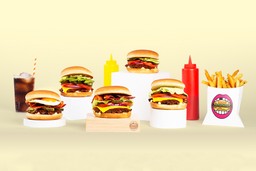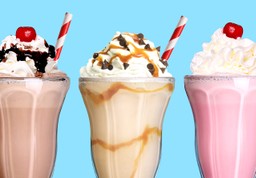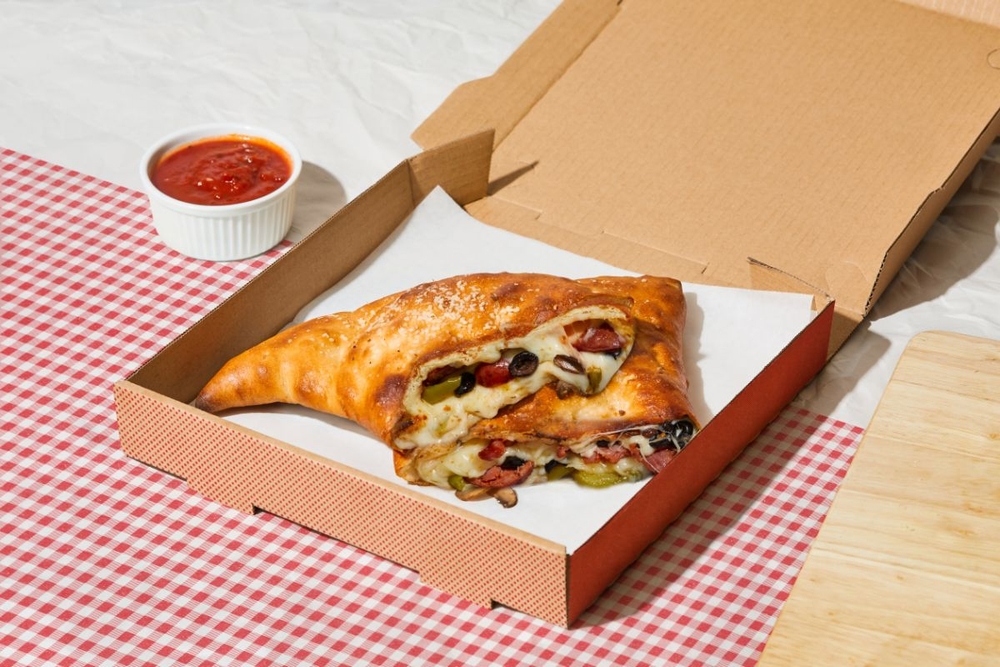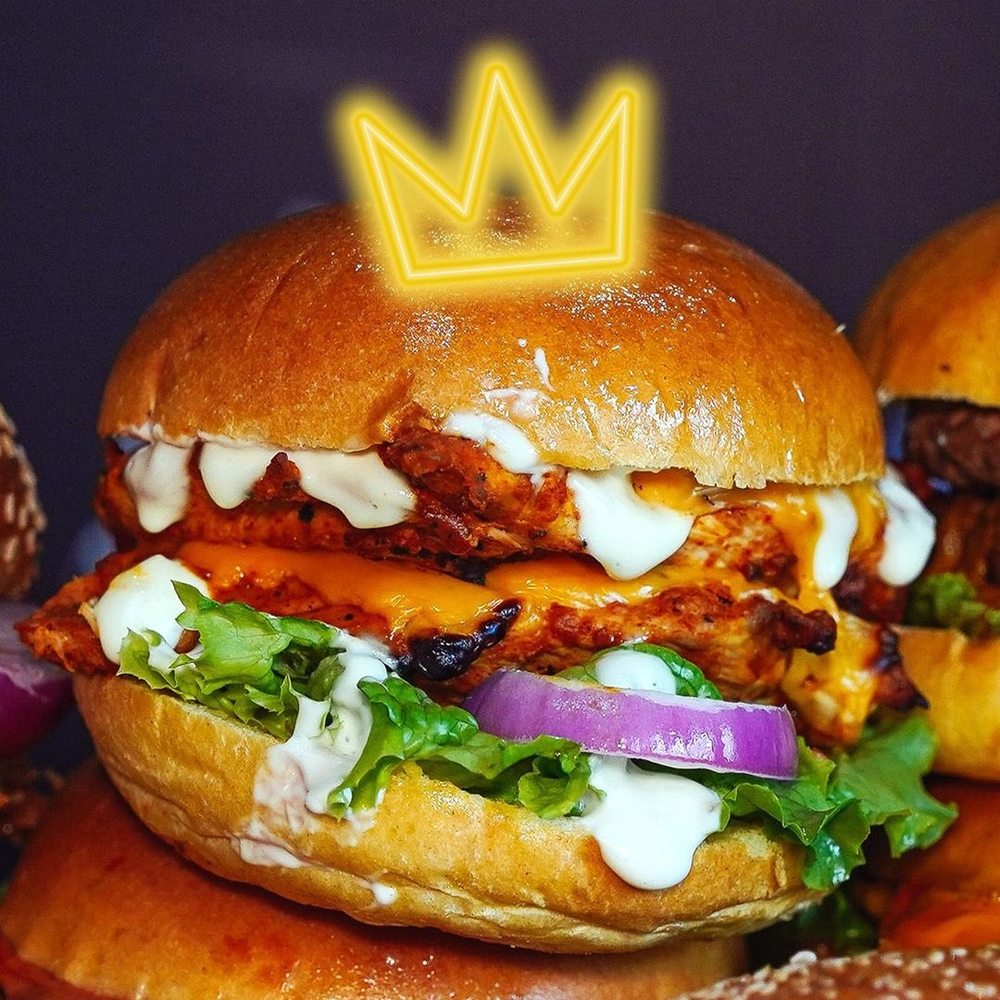Food delivery is a hot topic in the restaurant industry right now. We know that over the last few years, restaurateurs and consumers have adopted food delivery as an alternative means of eating out. Before the pandemic, consumers only associated food delivery with certain types of cuisine, like pizza or Chinese. Now, almost all restaurants are listed on delivery apps, including more high-end restaurants that you wouldn’t normally associate with delivery.
Food delivery served as a lifeline for struggling restaurants during the social distancing era. Today, the global delivery market is valued at $222.5 billion, having more than tripled since 2017 and doubled throughout the pandemic in the UK. But there was a reason why so many of these restaurants hadn’t entered the delivery game before the pandemic: delivery is complicated if your restaurant doesn’t have the right setup. Food delivery can be very stressful on staff who not only have to deal with dine-in customers but with delivery orders and couriers, as well.
It’s only normal that, in the post(ish) pandemic era, the questions on every restaurateur’s mind are: Should I still focus so much energy on food delivery? Will it still be relevant in five years? The short answer to these questions? Yes! Here are a few reasons why you should continue focusing on food delivery.
A booming delivery market and changing consumer habits
In 2019, nobody thought that food delivery would become a major source of income for restaurants, or that consumers would embrace the convenience of ordering in over eating out. Today this trend is becoming a reality. The global delivery market is estimated to reach a value of nearly $493.9 billion by 2032. That’s more than double its current market value!
Even before the pandemic, while the industry’s traditional dine-in sector was growing by 3% to 4% per year, the delivery sector was growing at double that pace (7% to 8%). That increase mostly came from the grocery sector, with Millennials and Gen Z preferring to buy ready-to-eat food from a delivery app or order it directly from a restaurant rather than going shopping themselves. This trend is likely to continue growing as the restaurant industry starts adapting its pricing strategy to accommodate more digital orders, making delivery accessible to wider audiences.
New technologies and trends to the rescue
New technologies and trends are paving the way for restaurants to commit to their delivery activities fully, and are facilitating the shift from dine-in to delivery for consumers.
Dark Kitchens
One of the trends that have recently taken the restaurant industry by storm is the advent of Dark Kitchens. Dark Kitchens allow existing restaurants to expand their capacity, accommodate more delivery orders, and reach new customers in different areas through virtual storefronts. Dark Kitchens have also contributed to the creation of delivery-only restaurants that you can find exclusively on delivery apps. This allows restaurants to focus more energy on their delivery activities, and can significantly decrease overhead costs.
These cost reductions will help restaurants increase margins on their delivery activities, and make delivery more accessible to a wider range of customers.
Virtual Brands
Virtual Brands allow restaurants to diversify their customer base while making the most of their inventory, staff, and kitchen capacity. So what exactly are virtual brands? Virtual brands are digital storefronts on delivery platforms. That’s where the name comes from: they are called “virtual” because the customer can only see and order from these restaurants online.
With virtual brands, a single restaurant can have multiple storefronts in the same space, increasing profitability. For example, if your restaurant is well known for its tacos but also makes burgers, you can start a separate virtual brand for burgers alone. By doing so, you’ll be able to reach customers that are searching only for burgers, expanding your target audience
Virtual brands have completely changed the delivery market. Along with dark Kitchens, they are one of the reasons why even high-end restaurants are now venturing into delivery! Typically, high-end restaurants launch a virtual brand to maximize their kitchen space and inventory while maintaining their core brand integrity.
Customers find even more value for their money when ordering delivery from virtual brands, which will keep them coming back for more!
D2C and 3rd-party logistics
The economics of delivery for some independent restaurants often just doesn’t add up, especially when commission fees can be as high as 30%. For consumers, delivery charges often prove to be a massive roadblock when ordering through a delivery app, as well. This is why D2C (Direct-to-Consumer) and 3rd-party delivery services have exploded lately, with more and more restaurants seeking to take control of their delivery operations and maximise their revenue.
D2C sales channels provide restaurants with the opportunity to build strong connections with their customers. 3rd-party logistics enable restaurants to create networks of delivery drivers who can fulfil their D2C orders without taking a big slice of their delivery revenue. These two features have drastically cut down delivery fees for consumers, which helps restaurants make more sales and increase revenue.
Restaurant delivery seems poised to overtake dine-in business in the future, especially when you consider changing consumer preferences and new trends and technologies. In a few years, we might even reach the stage where ordering it might be cheaper and more accessible than grocery shopping! Here at Future Foods, we want to help you navigate the delivery market, make the most out of your kitchen space and inventory, and strengthen sales with virtual brands!
Future Foods is your restaurant’s ticket to success with virtual branding. Book a demo with Future Foods now, and beef up your bottom line!




